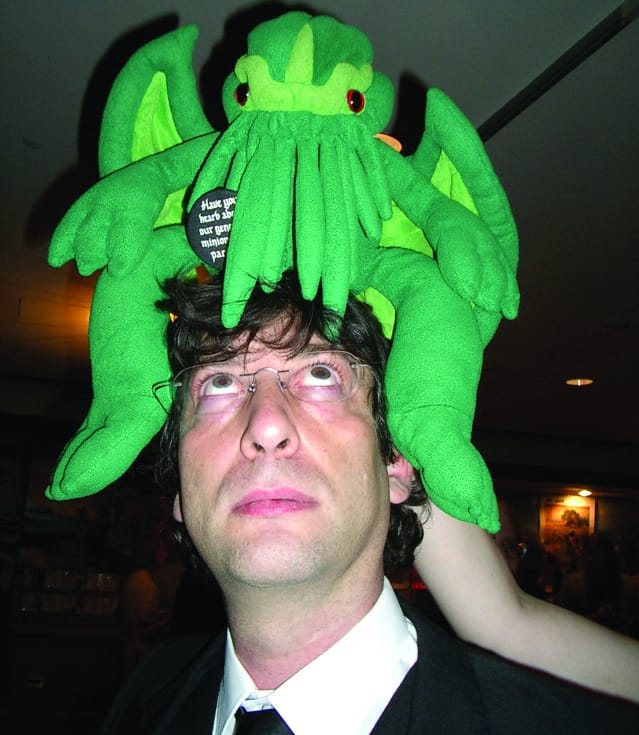Holmes like you’ve never read him before
A Victorian Lovecraftian mystery

Given the latest upsurge in popularity for Sherlock Holmes, and the recent film and TV adaptations, I think that the time is right for a review of a Holmes story in this section. I’m not a huge fan of Holmes but I have read all of the stories Sir Arthur Conan Doyle wrote about him. It’s hardly a huge achievement – there are sixty of them, and only four of these are novels. However, despite this small number, and Doyle’s clear and engaging writing style, the Holmes tales are very repetitive. After a few dozen one inevitably becomes bored and stories begin to all run together. Therefore, if asked for my favourite work about the great detective, I would have to point to the only story that I have read that really stands out for me, a story not even written by Conan Doyle: Neil Gaiman’s A Study in Emerald.
If you want to see Queen Victoria as a tentacled Great Old One this is the story for you
Gaiman’s pastiche reimagines Doyle’s hero in a Cthulu Mythos setting but, despite this radical change, this remains recognisable as a Holmes story. Gaiman emulates Doyle’s style perfectly and a great deal of the appeal of the story comes from the juxtaposition of the somewhat dry, matter-of-fact narration and the horrifying subject matter. Just a few paragraphs in the narrator, reminiscing on his military experience, calmly writes how “the gods and men of Afghanistan were savages, unwilling to be ruled from Whitehall or from Berlin of even from Moscow”. It’s also fun to see how the writer imagines life would be like if humanity had been conquered by Eldritch Abominations. If you want to see Queen Victoria as a tentacled Great Old One this is the story for you.
Prior knowledge of both Doyle’s stories and the Mythos is helpful as Study in Emerald is filled to the brink with both. Knowledge of Conan Doyle’s work in particular will allow a careful reader to guess the solution to the mystery pretty early in the story, and at least a cursory acquaintance with the stories’ main characters is required to fully understand ending. Casual readers, however, shouldn’t be particularly put off, as the mystery and the deductive skills of the protagonist are more than enough to carry the story.
In short, this is a fantastic story, well deserving of its many awards. It is also available free to read on Gaiman’s website – beautifully laid out and illustrated by Jouni Koponen to resemble a 19th century paper, complete with humorous advertisements based on 19th century horror stories. Check it out now.



